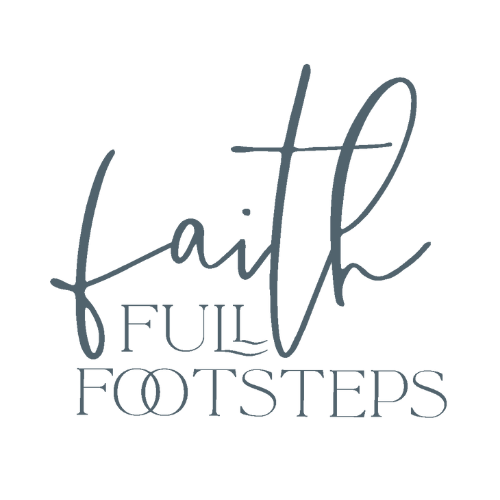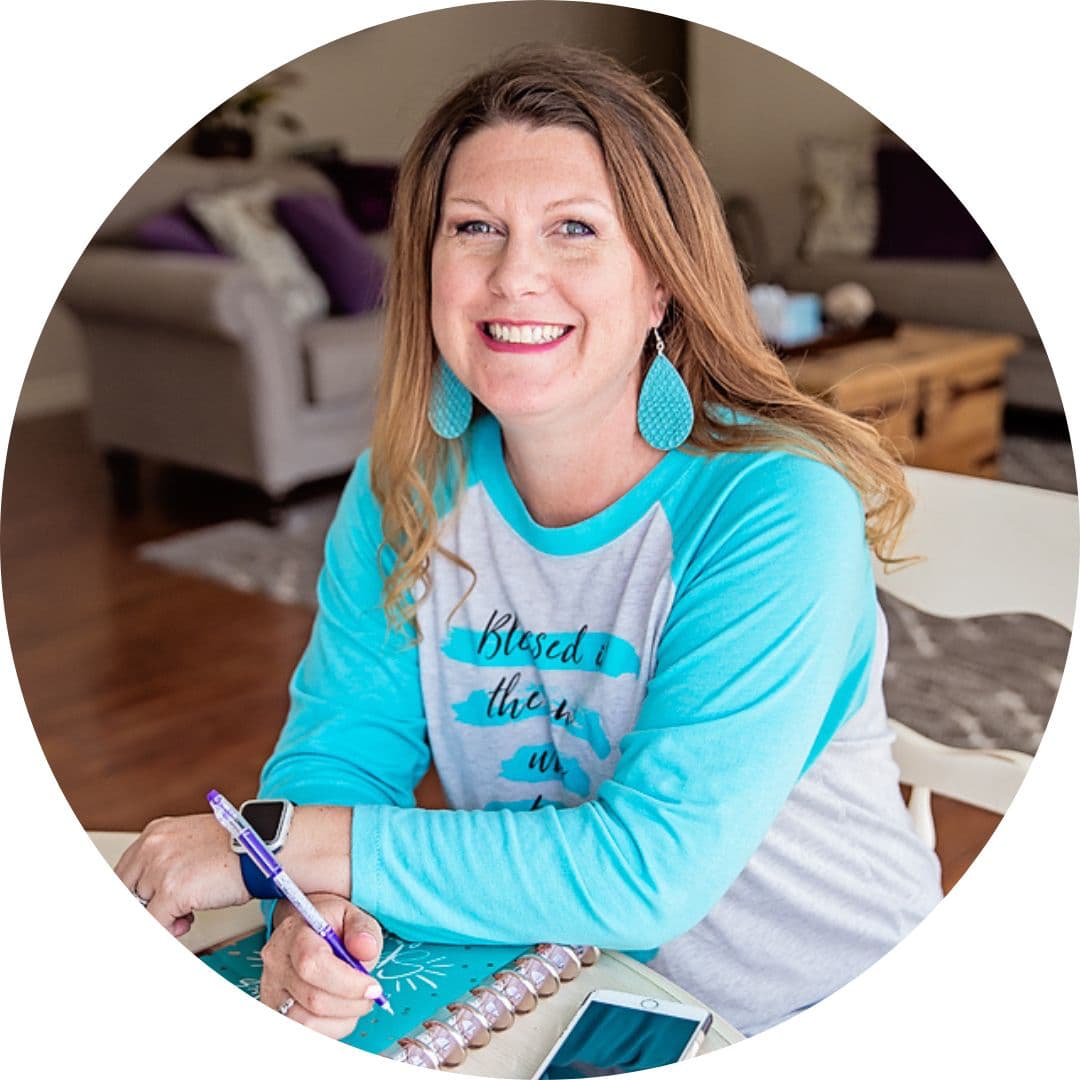As we begin a new year, it is common for many of us to set a goal of reading through the Bible this year. Some of us set this Bible reading goal because we want to get a full picture of what is contained in Scripture. Others of us set it so we can finally say we have read through the Bible. And still others set the goal because of FOMO (fear of missing out) since everyone else is announcing their intention to read through the Bible this year.
There are many benefits to reading through the Bible from cover to cover. My favorite way to read through the Bible is following a chronological plan, though this means I do not get to the New Testament until very late in the year. It gives us an overall idea of the history of the Israelites and what that means to us today. We get a deeper understanding of why Jesus came and how He atones for us. And we start to grasp the connection between the Old and New Testaments.
Unfortunately, statistics tell us that only 5% of those who set a goal at the beginning of the year will complete it. That includes those who decide to read the Bible through. This is because there are also hard things about reading through the Bible in a year.
The Challenge of Reading the Whole Bible
There are some difficult books in the Bible, books that describe laws, punishments, and visions that we don’t understand. In a post I wrote to help you make it through the book of Leviticus, I describe it as the book “where Bible reading plans go to die.”
When we are simply reading the Bible at a surface level, it can be very difficult to make it through those particularly hard sections of Scripture. And that is when we quit. We have the best of intentions, but when it doesn’t make sense, it’s hard to follow through on the goal. Maybe you’ve set this goal yourself and have quit more times than you would like to admit.
The truth is that a Bible reading plan for a year deadline is actually reading it too fast for most of it to sink in. When you are reading it that quickly, it is difficult to marvel at the gift the Word of God is to us. While it is easy to get bogged down in details we don’t understand, it is also easy to completely miss amazing revelations of God’s love and design for us.
An Alternative Approach to Bible Reading
So if you’re yearning to strengthen your connection with God’s Word, there’s an alternative approach worth considering. I have read through the Bible multiple times, sometimes in a year, sometimes in two years, and sometimes in 90 days. And I loved completing those goals, but it wasn’t until I started focusing on one book at a time that I began to feel like I was truly learning God’s Word in a way that allowed me to apply it to my daily walk.
Choose one book of the Bible. It doesn’t matter if it is in the Old Testament or the New Testament, though I would advise that you don’t avoid those hard books forever. You can begin with Genesis, Matthew, the book your pastor is preaching through, a long book, a short book–there is no wrong place to start.
Read and reread that one book until you feel like you know it. Depending on the book, this could be a month-long commitment or a quarter-long commitment or longer. As you read, you’ll start to notice patterns, repetitions, and word choices. You’ll notice imagery and cultural indicators and you might even make a connection to something you’ve read elsewhere in the Bible.
Read the book in different versions and notice the choices different translators made. Choose a word-for-word translation, a thought-for-thought translation, and a paraphrase to compare (learn more about Bible versions here). Make sure you have a notebook handy, but not a pretty one that you’re too afraid to write in!
Discover the Depth of Scripture
Once you have learned the book, dig in. Do word studies for repeated words or words that confuse you. Check the cross-references for passages that intrigue you or grab your attention. Consult commentaries for particularly confusing sections. And take LOTS of notes! And when you think you are at a stopping point with that book, move on to another one and do it all again.
I have been studying the Bible this way for many years now, and each time I finish a book, I feel like I’m turning the page on an old friend. I remember where certain passages are in Scripture when before I couldn’t remember the reference to save my life. And the more books I study, the more pieces I fill in of the overall message of Scripture (metanarrative) and how it all ties together. It is incredibly fulfilling to make connections between books of the Bible you didn’t think had anything in common.
For the past two years, we have been implementing this method in the Bible Study Academy, planning to cover each book in one month. So far we have studied twenty books covering both Testaments. If you want community and accountability while you study through the Bible, click on the button below to learn more about the Bible Study Academy. We’re saving a seat just for you!
If you would like to learn more about how to study the Bible, I invite you to download my FREE Bible study workbook, 6 Steps to Study the Bible on Your Own, at the button below.
If you would like to join a group of like-minded women who are pursuing godliness together, check out the Bible Study Academy by clicking the button below.






0 Comments